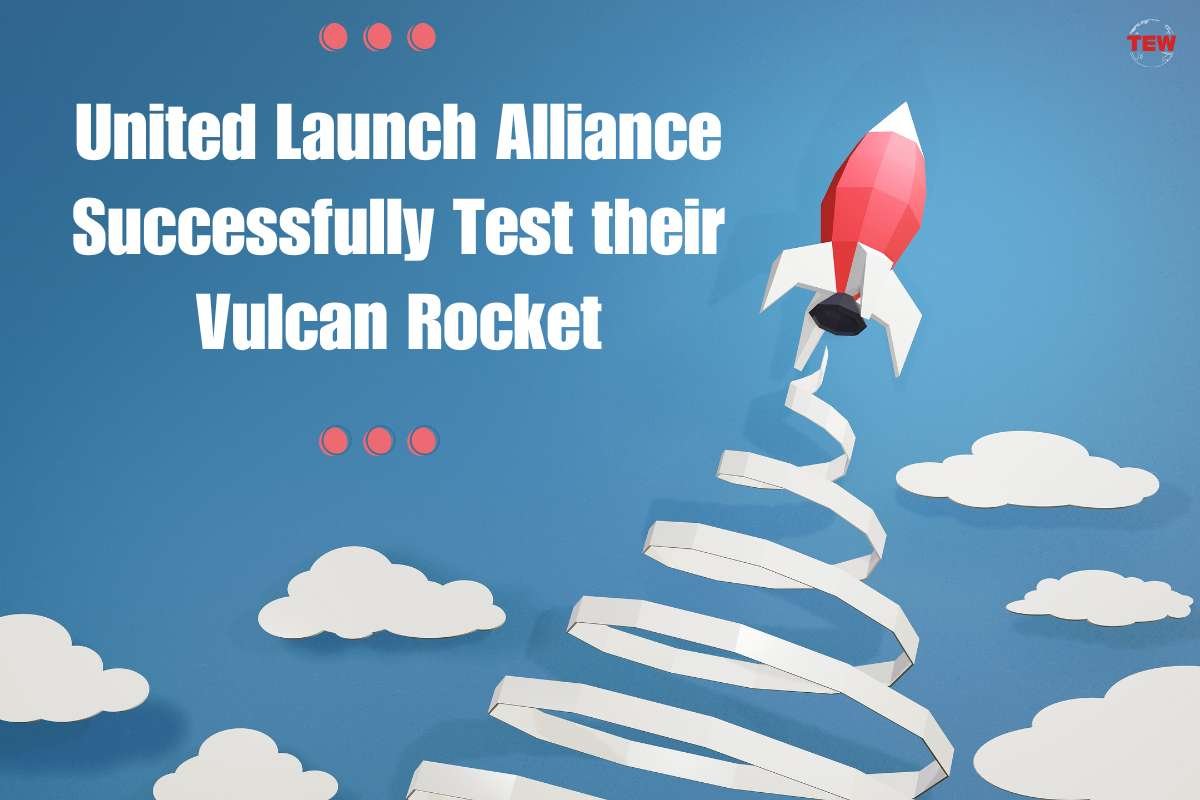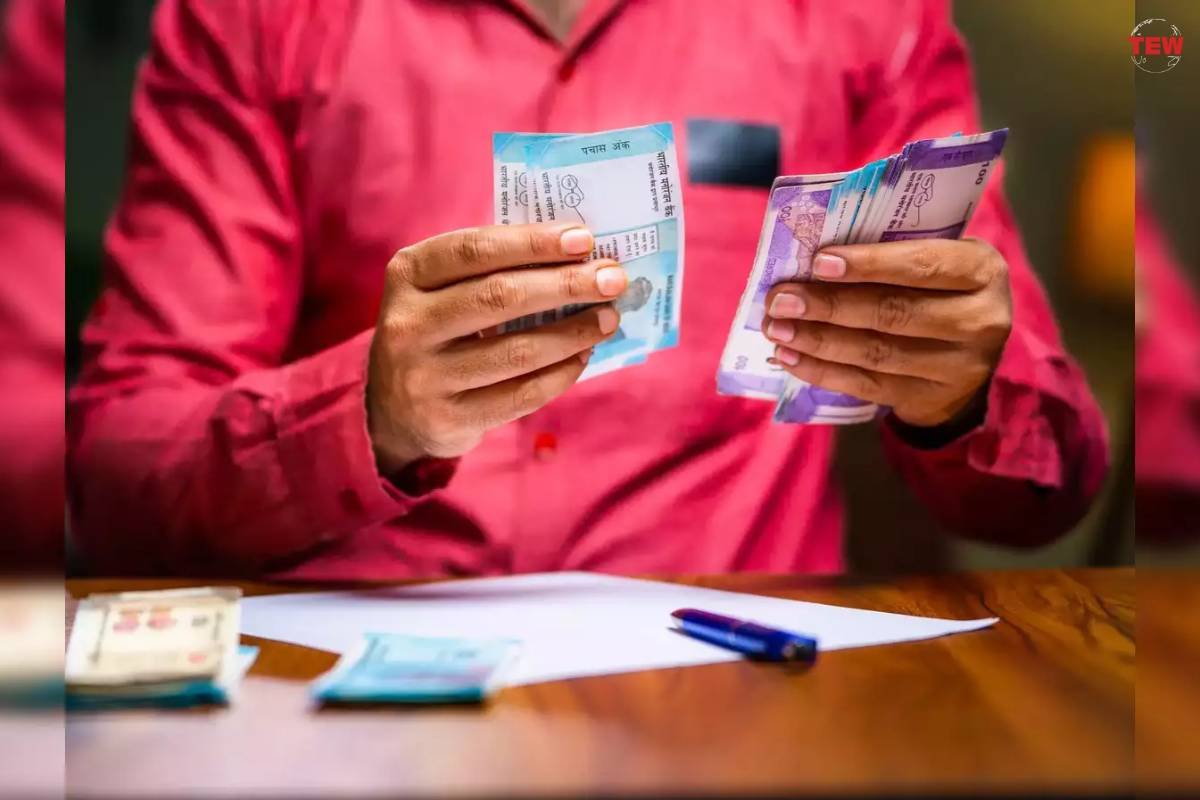United Launch Alliance (ULA) achieved a significant milestone as they successfully test-fired their new Vulcan rocket, marking a major step toward its maiden launch. The test involved igniting the two Blue Origin-built BE-4 rocket engines for a duration of 6 seconds, bringing ULA closer to finalizing the qualification program for the Vulcan rocket. Once the Flight Readiness Firing (FRF) data is reviewed and the investigation into the Centaur V anomaly is concluded, ULA will announce the launch plans.
The Anomaly
During the test firing, the BE-4 engines ignited at T-4.88 seconds, reaching 60% power for 2 seconds before powering down. The Vulcan Centaur rocket, developed by ULA, has faced several delays leading up to this point, including an anomaly in the Centaur V upper stage during qualification testing at the Marshall Space Flight Center in Alabama.
ULA is currently investigating the cause of the anomaly, and while they have identified the issue on the Centaur upper stage, they are still determining if any modifications are required for the flight article stacked on the Vulcan rocket. Blue Origin had initially planned to deliver the flight-ready BE-4 engines to ULA for integration onto the Vulcan rocket by 2020, but due to delays in qualifications and testing, the delivery was postponed to late 2022.
What places did Vulcan transport to?
Following integration onto the first stage of the Vulcan rocket, it was transported via ULA’s ‘RocketShip’ down the Mississippi River, through the Gulf of Mexico, and eventually to Port Canaveral, Florida. From there, it was unloaded and transported to the Vertical Integration Facility at Cape Canaveral Space Force Station.
Looking at Vulcan Centaur’s Future
The successful FRF test sets the stage for the planned Summer launch of the Vulcan Centaur rocket, which will carry the Astrobotic Peregrine Lunar lander and Amazon’s first two Kuiper satellites, forming part of Amazon’s answer to SpaceX’s Starlink satellite constellation.
The Vulcan Centaur rocket needs to complete two successful launches, including the upcoming CERT-1 flight, to qualify for launching national security payloads for the U.S. Space Force and other government missions. The second flight will feature the Sierra Space Dream Chaser space plane, responsible for delivering supplies to the International Space Station. Currently, the majority of the payload manifest for Vulcan Centaur consists of Amazon’s Kuiper satellite constellation and U.S. Space Force national security missions.
Configurations of Vulcan
The Vulcan Centaur rocket offers different configurations to accommodate various payload sizes, with the ability to fly with two, four, or six solid rocket boosters. With six SRBs, its thrust can reach 3.8 million pounds, enabling it to deliver up to 60,000 lbs (27,200 kg) to low Earth orbit or 25,400 lbs (11,500 kg) to the Moon. ULA is also working on its SMART re-use system, which involves separating the two BE-4 engines from the first stage. After an inflatable heatshield deployment, they would return to Earth for recovery and refurbishment in preparation for future missions. The timeline for implementing this capability remains uncertain at this time.





